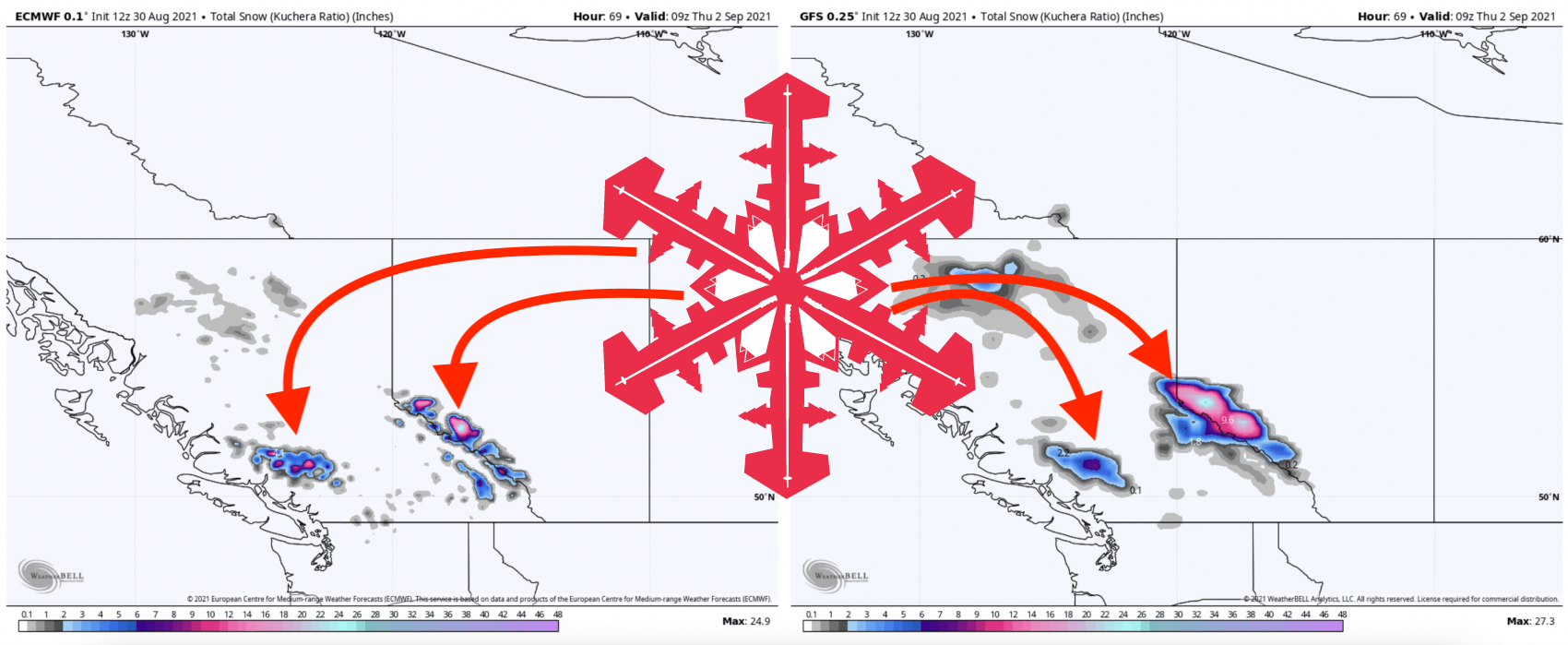
Every February 2, millions tune in (or head out) to see if a furry forecaster will predict the end of winter. In this post, we dig deep into the origins of Groundhog Day, the legend of Punxsutawney Phil, and what the data really says about his predictive prowess.
The Origins of Groundhog Day
Groundhog Day finds its roots in ancient European customs. Early Christians celebrated Candlemas on February 2 as a day to have candles blessed—a ritual that symbolized purification and the midpoint of winter. This practice, intertwined with older pagan traditions of observing nature’s signs, eventually evolved into weather lore. In Germany, a belief emerged that if a hibernating animal (originally the hedgehog, and later substituted by the badger) cast its shadow on this day, winter would continue for several more weeks. When German settlers, particularly the Pennsylvania Dutch, arrived in North America, they adapted this tradition to a native creature: the groundhog. This clever substitution gave birth to the uniquely American festival now celebrated in towns like Punxsutawney, Pennsylvania.
The Legend of Punxsutawney Phil
The most famous of all these weather-predicting rodents is Punxsutawney Phil. According to local lore, Phil has been making forecasts since the first official trek to Gobbler’s Knob in 1887. During the annual ceremony, members of the “Inner Circle”—dressed in top hats and tuxedos—claim to communicate with Phil in a secret language known as “Groundhogese.” If Phil sees his shadow, he retreats to his burrow, forecasting six more weeks of winter; if not, an early spring is on the way. Over the decades, Phil has become a symbol of American folklore, embraced by media, film (thanks to the 1993 classic Groundhog Day), and even friendly rivalries with other groundhogs across North America.
How Often Is He Right?
Despite the charm and tradition, Punxsutawney Phil’s weather predictions have a dubious scientific track record. According to assessments by the Stormfax Almanac and the NOAA, Phil’s accuracy hovers around 35–40% over the past several decades. In some analyses—particularly of the past 10 years—Phil’s success rate has been reported as low as 30%. In other words, his predictions perform only marginally better than random chance. For comparison, other regional groundhog “prognosticators” such as Staten Island Chuck and General Beauregard Lee have been credited with much higher accuracy rates (up to 80–85%), though these figures also come wrapped in the playful spirit of the tradition.
This discrepancy highlights that while the event is steeped in cultural heritage, it does not offer reliable meteorological forecasts. Rather, Groundhog Day is celebrated for its whimsical nature and the communal joy it brings as winter’s grip loosens.




